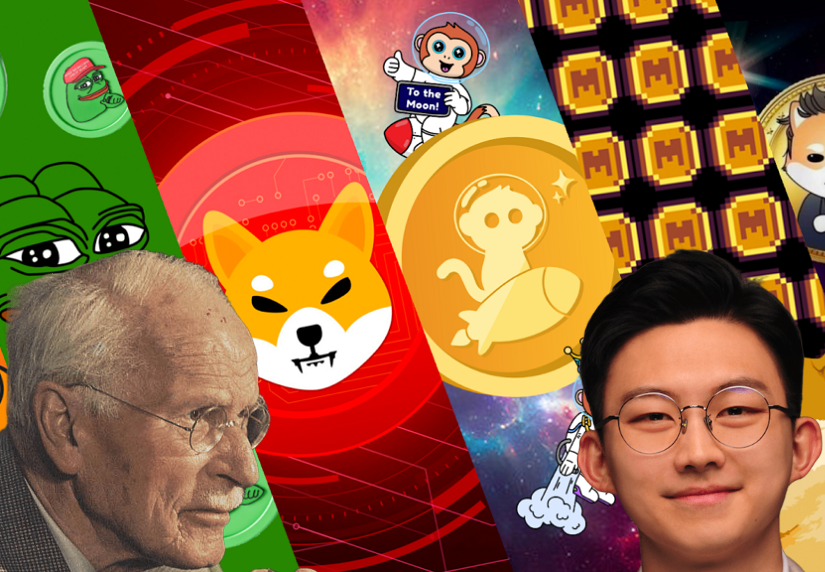TL;DR
- CryptoQuant CEO Ki Young Ju links meme coins to Carl Jung’s concept of the collective unconscious, suggesting they tap into deep-seated human beliefs and behaviors.
- The failure of the Libra token, resulting in $107 million in losses and political fallout, has intensified scrutiny on meme coins and the need for better oversight.
- Despite criticisms, meme coins continue to attract strong communities, raising questions about whether they will evolve or be overtaken by utility-driven cryptocurrencies.
The cryptocurrency world is once again debating the legitimacy of meme coins following remarks from CryptoQuant CEO Ki Young Ju. He suggests that these digital assets are not merely speculative instruments but deeply ingrained in human psychology. Drawing from Carl Jung’s theory of the collective unconscious, Ju argues that meme coins represent cultural archetypes that resonate with investors on an instinctive level.
He distinguishes between different types of meme coins, stating that animal-themed coins symbolize shamanistic traditions, while celebrity-based tokens reflect religious reverence. This psychological appeal may explain why, despite their volatility and lack of intrinsic value, meme coins continue to thrive.
At the same time, Ju contrasts meme coins with utility-driven altcoins, which he believes are manifestations of the collective consciousness, created with specific technological purposes in mind. While some investors dismiss meme coins as financial bubbles, Ju’s perspective suggests they have a role in crypto markets beyond mere speculation.
The Libra Token Collapse: A Turning Point for Meme Coins?
Recent events, however, have cast a shadow over the meme coin market. The collapse of the Libra token has shaken investor confidence, resulting in over $107 million in losses. The fallout even reached Argentina, where political tensions have risen amid allegations against President Javier Milei and the resignation of Meteora’s co-founder Ben Chow.
This scandal has fueled concerns about the lack of regulatory oversight in the meme coin space. Many critics argue that Libra’s failure signals the beginning of the end for the meme coin “meta”, while others believe it marks a necessary step toward a more mature market.

What’s Next for Meme Coins?
Despite the controversies, meme coins continue to attract devoted communities. Their success hinges on whether they can transition from purely speculative assets to tokens with more structured use cases. Regulatory intervention may reshape the landscape, but if Ju’s analysis is correct, meme coins will persist as long as people rally around shared cultural symbols.
The crypto industry has seen many cycles of boom and bust. While critics predict the demise of meme coins, history suggests that assets driven by strong communities rarely disappear entirely. Whether meme coins will evolve or fade away remains an open question, but for now, they are far from dead.


